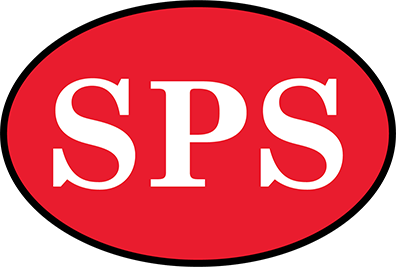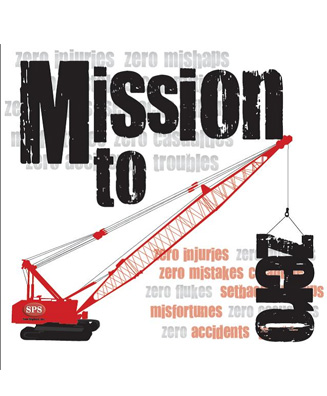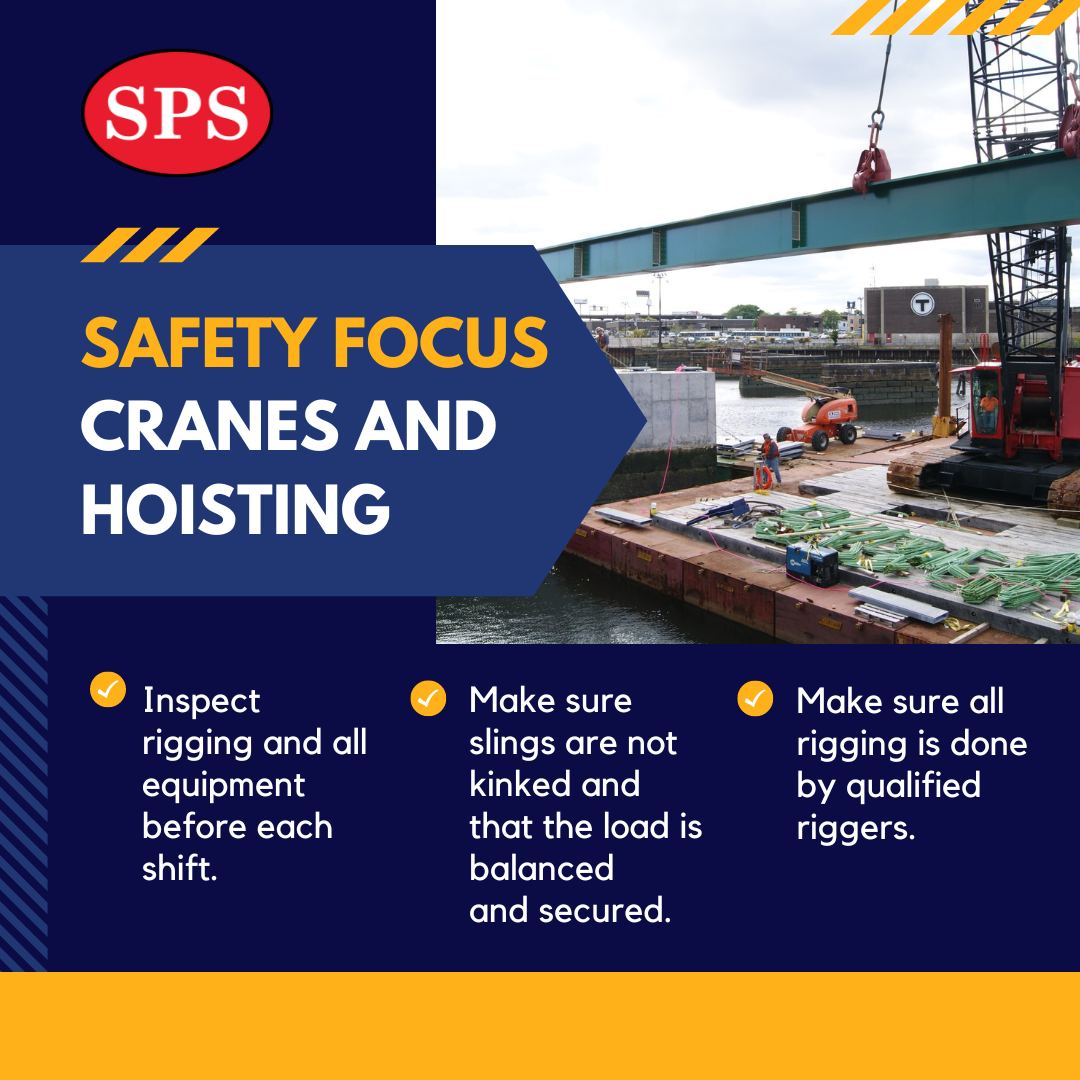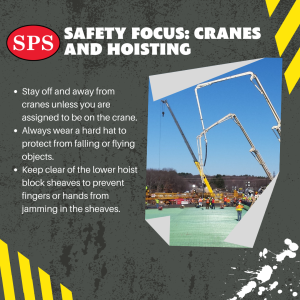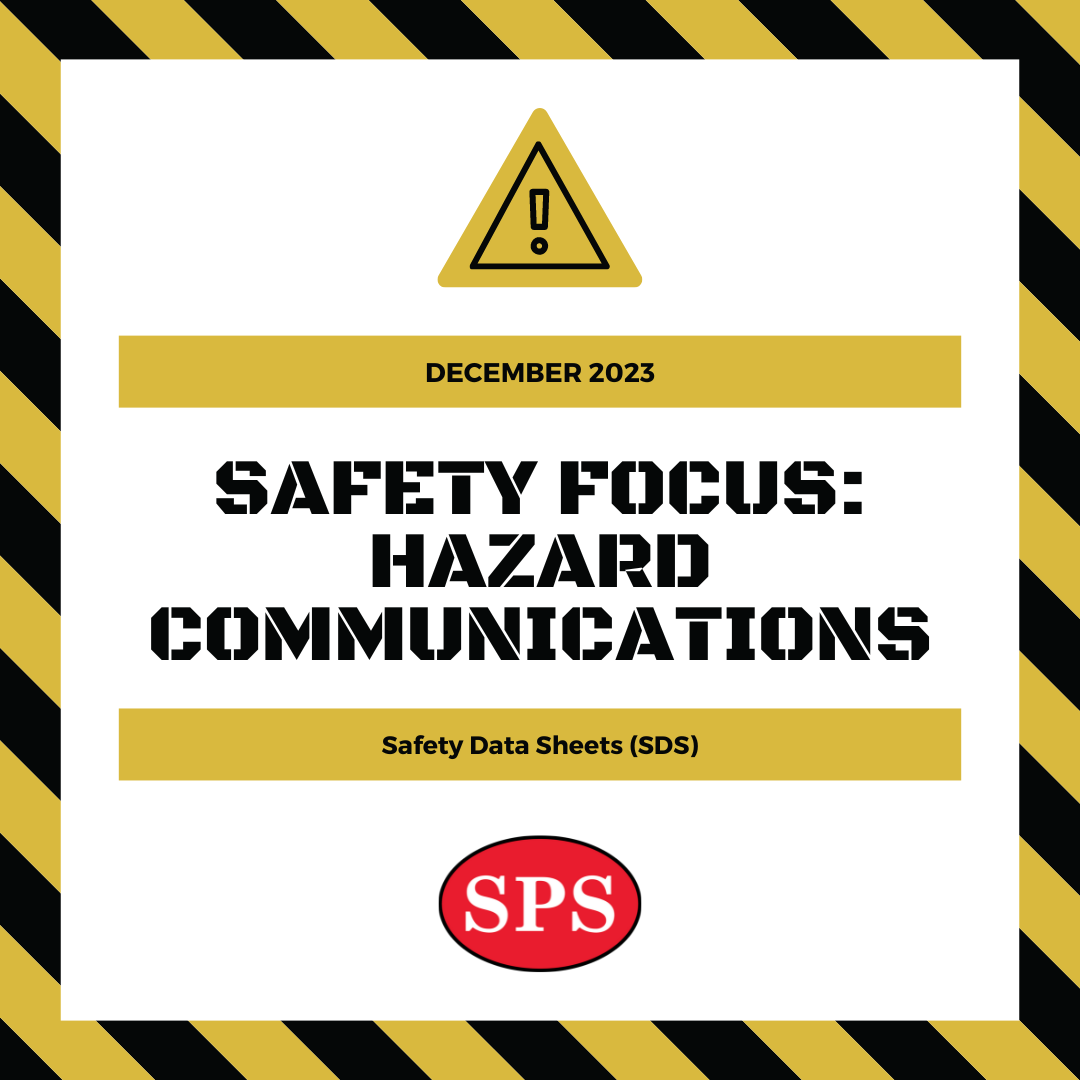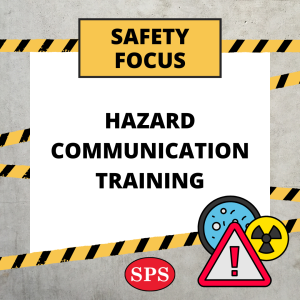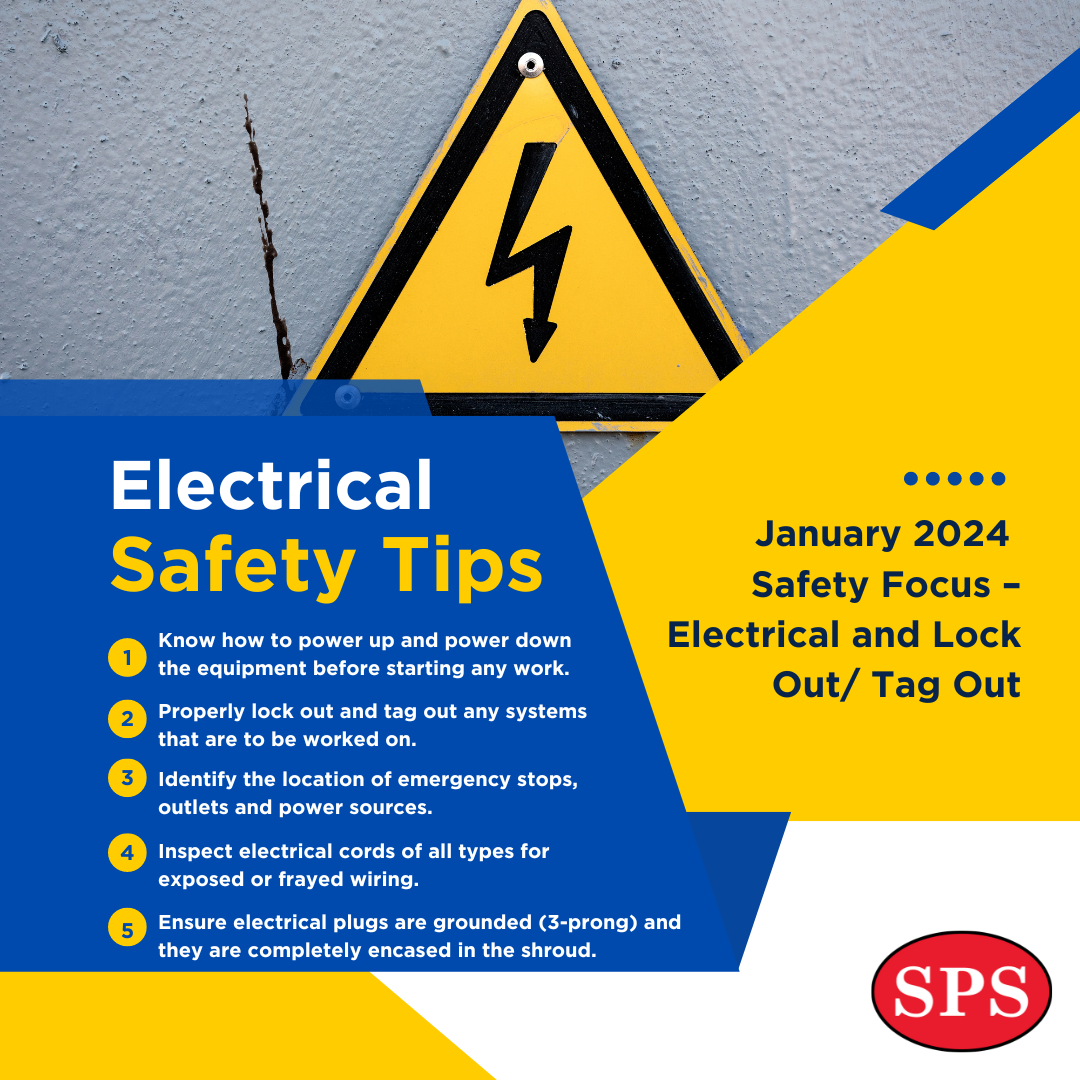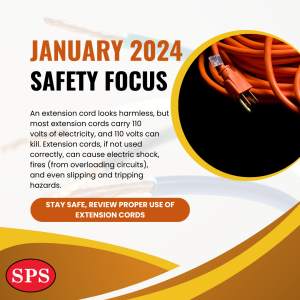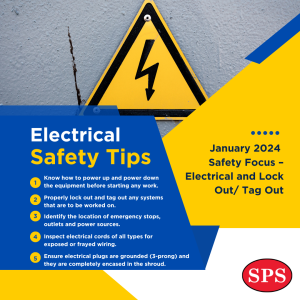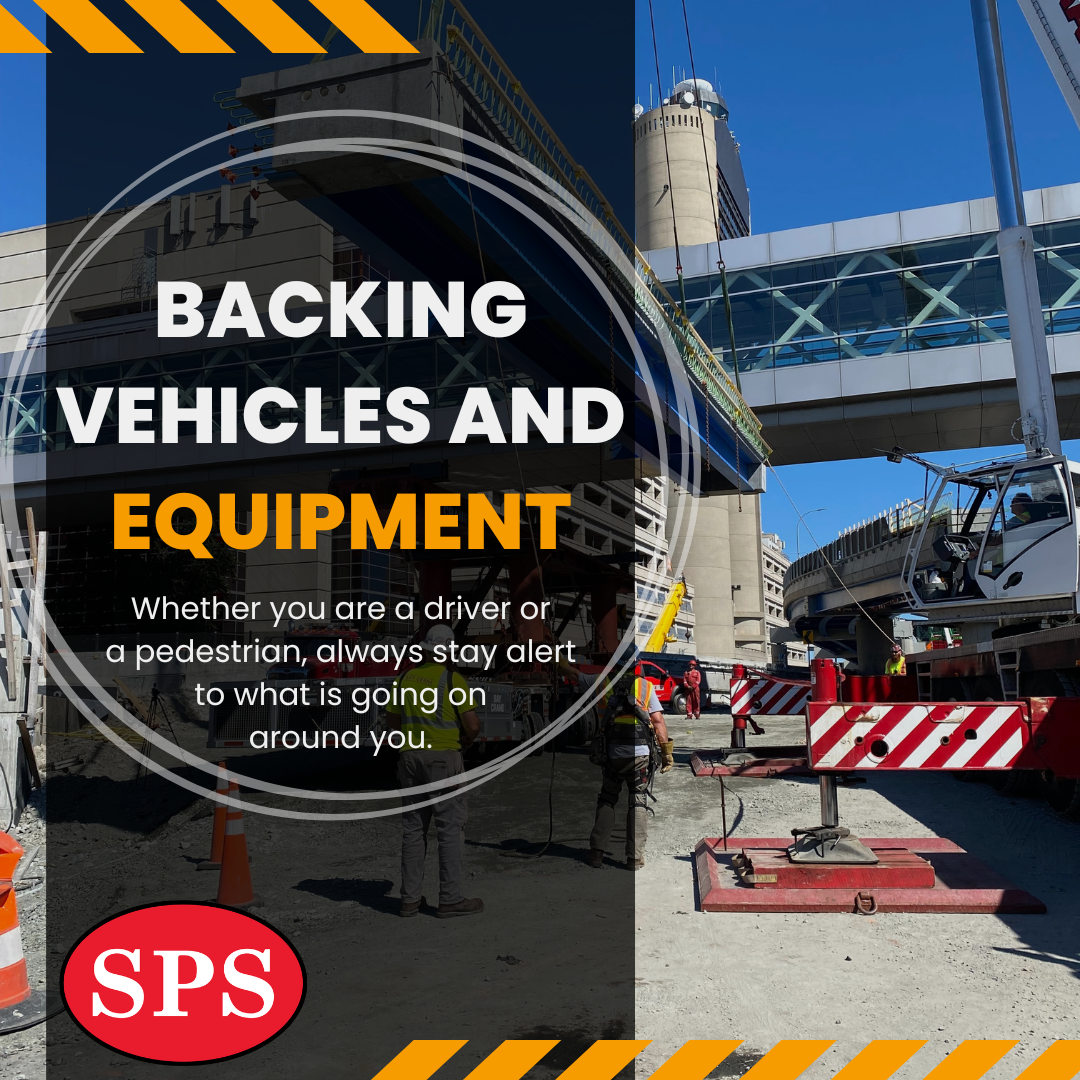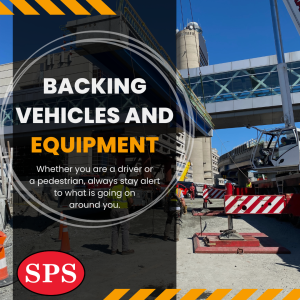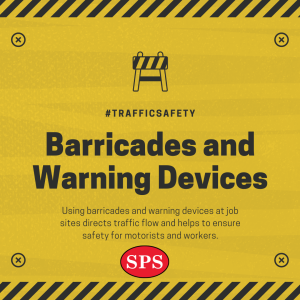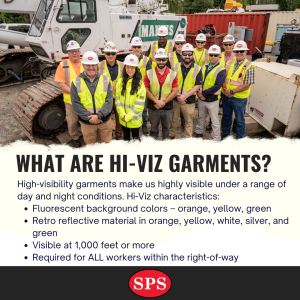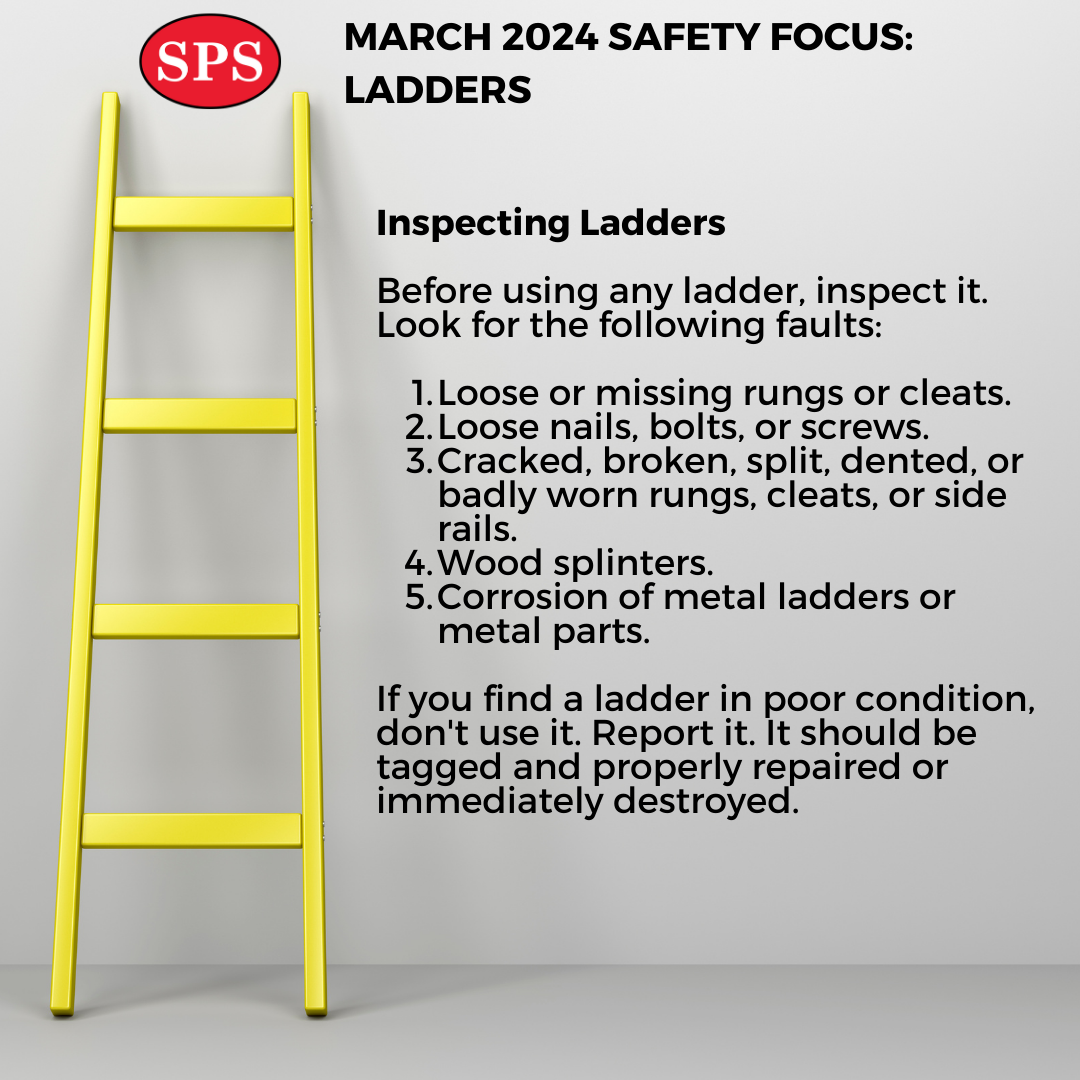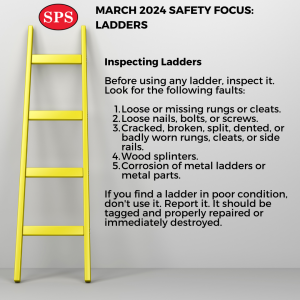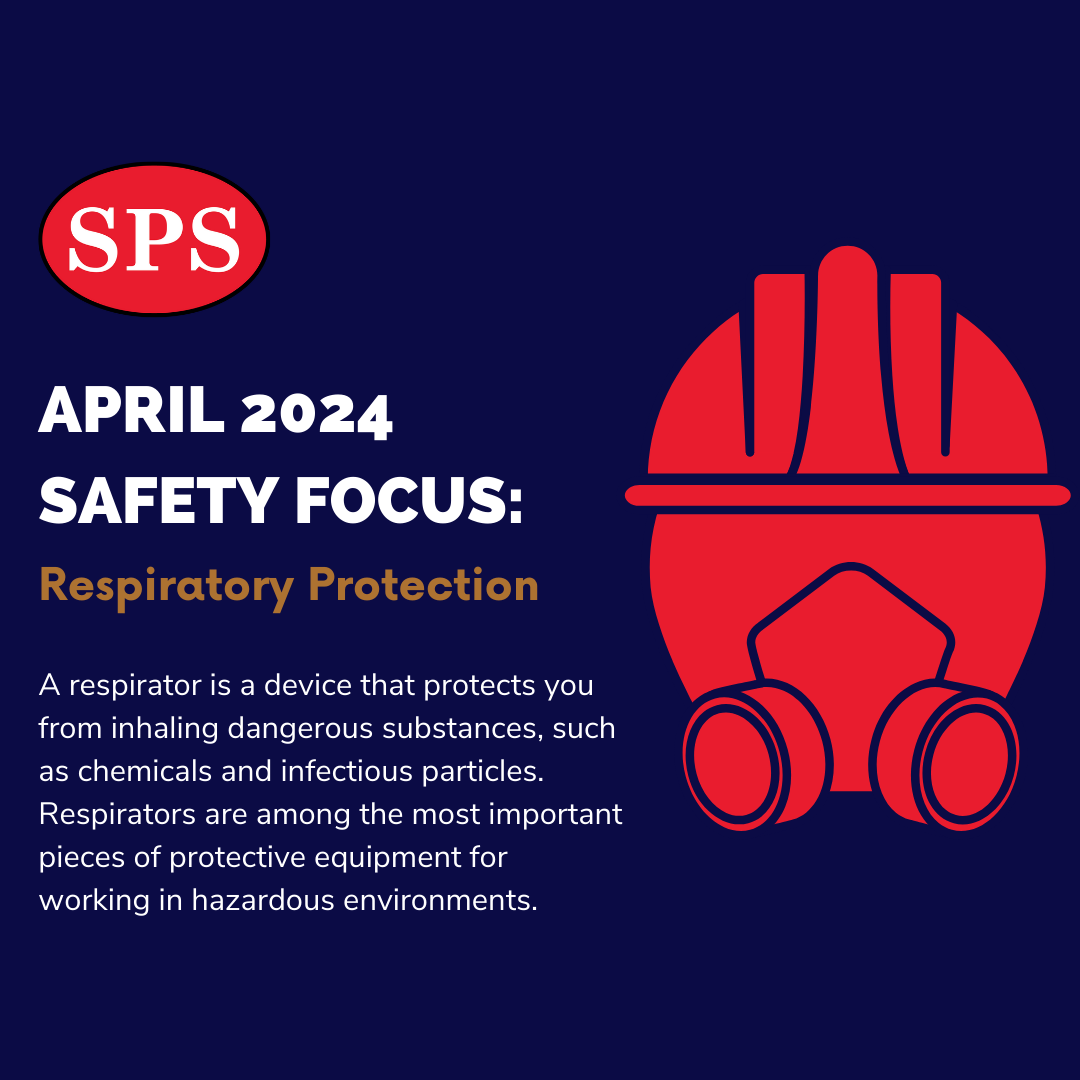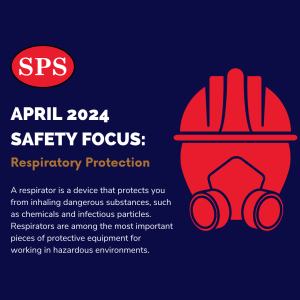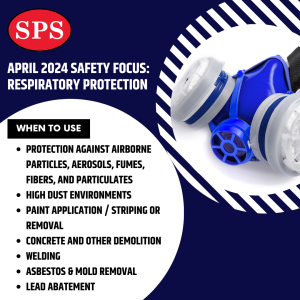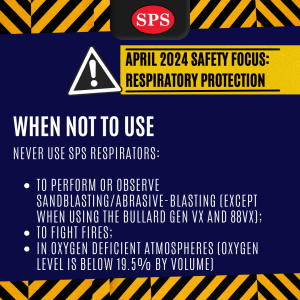As part of SPS New England’s deep commitment to safety, the firm continues to maintain the “Mission to Zero” Safety initiative. Initially launched in 2011, the program includes several components that consistently reinforce the SPS culture of safety. Every member of the SPS Team, from the office to every field/project location throughout New England, is encouraged to be aware of how their actions can contribute to a safe working environment.
Continue reading “SPS Maintains Commitment to Safety through “Mission to Zero” Initiative”
Category: Safety
Recovery Month
Recovery Month is a national observance held every September to educate Americans that substance use treatment and mental health services can enable those with a mental and/or substance use disorder to live a healthy and rewarding life.
SPS believes that behavioral health is essential to overall health, prevention works, treatment is effective, and people can and do recover. Recovery Month is a time to celebrate the gains made by those in recovery. Treatment can save a life and can help people struggling with Substance Use Disorders (SUDs).
Did you know that the Laborers Union provides access to various resources to help union members with substance abuse issues, if needed? Contact Marc Lyle, Laborer Recovery Specialist for more information. https://local22.com/benefits/
In crisis? Call or text 988 for help today.
Learn more about Recovery Month here: https://www.naadac.org/national-recovery-month
Safe and Sound Week: Mental Health
OSHA’s Safe and Sound Week is held every year at the beginning of August. The goal of Safe and Sounds Week is to recognize the successes of workplace health and safety programs as well as an opportunity for companies to evaluate their programs and make improvements. The focus for 2023 Safe and Sound Week is mental health and well-being.
Many discussion topics in construction focus on physical safety, protecting ourselves and others from bodily harm. What is not often talked about is our mental health. Stress, anxiety, and depression are common in the industry and result in construction having one of the highest rates of suicide and substance abuse. It is important that we talk about these issues to reduce the stigma and encourage all to reach out when help is needed.
Protect Your Hearing Month
Did you know?
- Exposure to loud noise or certain chemicals while at work can damage your hearing? Occupational hearing loss is one of the most common work-related illnesses and is permanent.
- 22 million US workers are exposed to hazardous noise levels at work each year.
- Reducing workplace noise below 85 dBA is the best way to prevent occupational hearing loss and other effects from hazardous noise.
Learn more about how to protect your hearing on the job site here: https://www.cdc.gov/niosh/topics/noise/
November 2023 Safety Focus: Cranes and Hoisting
Rigging and hoisting of steel members and materials are essential parts of the steel erection process. However, in addition to the dangers usually associated with cranes and derricks, steel erection can also create hazards, such as suspended loads over employees.
Cranes are one of the most versatile, powerful and important pieces of construction equipment, accomplishing heavy lifting and moving tasks more efficiently. They are also one the most dangerous pieces of equipment, creating fall and struck-by hazards as heavy, suspended loads move over large areas. Employees working with and around cranes need to understand these hazards, as accidents with suspended loads are serious and potentially fatal.
Crane accidents are a leading cause of death and injury on construction jobs. Workers may be at risk to being struck by loads or equipment or getting caught in between moving equipment, materials and power lines.
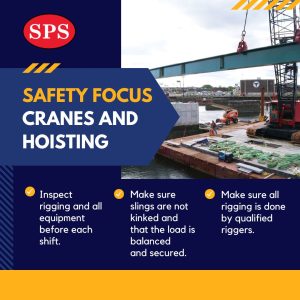
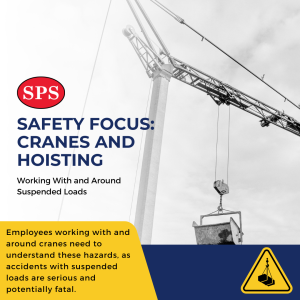
December 2023 Safety Focus: Hazard Communication
The manufacturer or importer of a chemical is required by OSHA to develop a Safety Data Sheet (SDS) that contains specific, detailed information about the chemical’s hazard using a specified format.
The label on the chemical is intended to convey information about the hazards posed by the chemical through standardized label elements, including symbols, signal words and hazard statements.
Upon initial assignment and when a new chemical is introduced into the workplace, employees must be provided with hazard communication training.
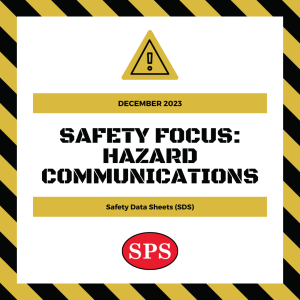
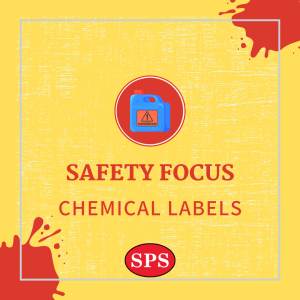
January 2024 Safety Focus: Electrical
This month’s SPS Safety Focus is all about electrical and lock out/tag out. An extension cord looks harmless, but most extension cords carry 110 volts of electricity, and 110 volts can kill.
Check out these tips for Working Around electricity safely:
February 2024 Safety Focus: Traffic Control
This month’s SPS Safety Focus is all about Traffic Control.
Did you Know: Every year there are many accidents resulting in injury and damage due to carelessness when backing vehicles. Incidents involving backing vehicles are not uncommon among worker-on-foot fatalities. Backing accidents are preventable.
Work zones on roadways are increasingly dangerous places, both for workers and for those traveling through them. Using barricades and warning devices at job sites directs traffic flow and helps to ensure the safety of motorists and workers.
These garments are required for ALL workers within the right-of-way. Here are some facts about what makes something “hi-viz”:
March 2024 Safety Focus: Ladders
Do you know there’s a killer on the job that you probably meet face-to-face every day? The common, ordinary ladder. Ladders are involved in many accidents, some of which are fatal. Your life literally can depend on knowing how to inspect, use, and care for this tool.
April 2024 Safety Focus: Respiratory Protection
In general, there are two types of respirators Air Purifying and Supplied Air. Respirators work by either filtering particles from the air, chemically cleaning (purifying) the air, or supplying clean air from an outside source.
Respirators should be used whenever it is necessary to protect the health of an employee from contaminated air. Also, when viable engineering controls are not available. With the correct cartridges these respirators can be used for the following…
Respirators are not always appropriate or safe for use, specifically in the following tasks/scenarios…
